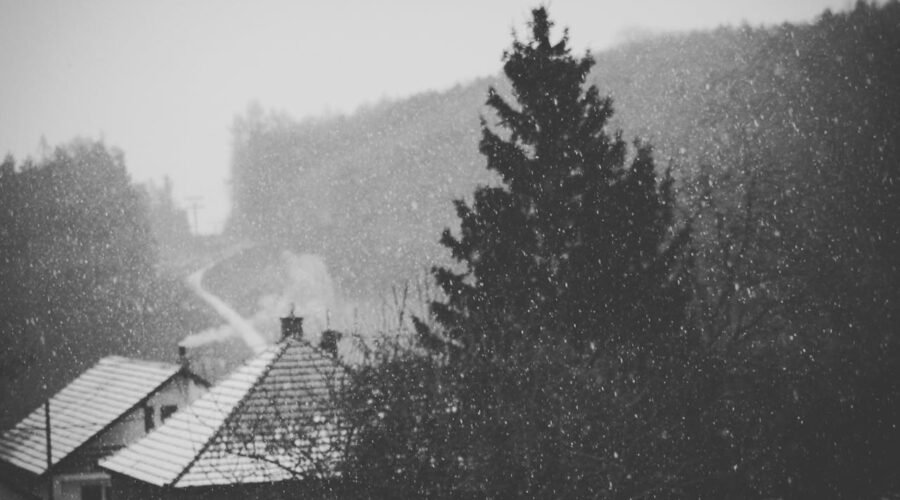A major polar freeze will grip the UK, dropping temperatures to -1°C. Snowfall is forecast across 23 cities. Residents must prepare for tough winter conditions. Weather data shows a large weather shift.
Polar Vortex: Weakening Winds Bring Cold
The polar vortex is weakening. This high-altitude wind circle is changing, which can cause sudden stratospheric warming, which often leads to colder ground temperatures. Past events have brought UK cold snaps, including the 2018 “Beast from the East.” Although this weakening is less severe, it still brings potential weather issues.
Snowfall: Regional Projections
Snowfall will hit UK regions from March 27. Scotland will see heavy snow. Ayrshire, Kirkcudbrightshire, and Dumfriesshire get 2cm per hour. Northern England gets 1cm per hour. Middlesbrough, Scarborough, and Hull are affected. London and Kent get light snow. Travel may face disruptions.
Temperature: See-Saw Weather Patterns
The UK experiences temperature swings, which are called “see-saw” conditions. Warm weather turns cold, and a cold front brings cooler air. Western areas experience colder temperatures. Gusty winds will arrive. Some areas get sun, while others get rain, wind, and gales. Scotland braces for heavy showers, and hail and snow are expected.
Climate: Historical and Current Trends
March has varied UK weather, with both warm and snowy days. Current climate trends show change. Cold snaps still happen, but widespread snow is less likely. A warming climate brings milder winters, reducing March snow events.
Safety: Preparations and Measures
Residents must take precautions. Homes need proper heating, residents should insulate pipes, people must stock food and essentials, and travellers could face disruptions. Drivers face icy roads and low visibility. Winter tires are vital, and drivers need emergency kits. People need reliable weather updates and must follow local advisories.. Safe travel is key.
Impact: Daily Life and Infrastructure
Snow and freezing temperatures impact daily life. Transportation may see delays. Schools and workplaces may close. Remote work might occur. Utility services face high demand. Weather disruptions are possible. Communities should help vulnerable people. Older people and ill people need support. Stay prepared and informed.

